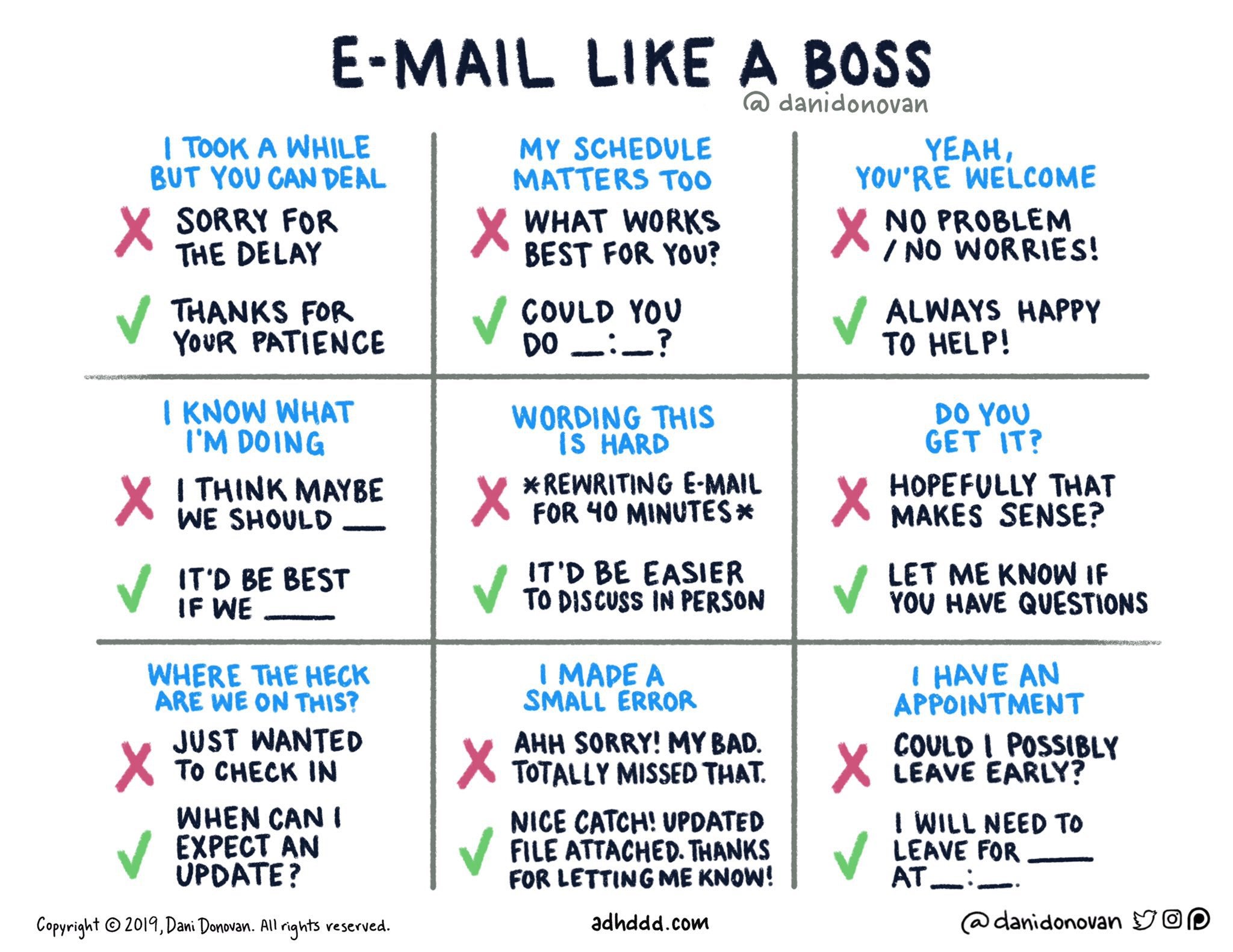If like me, you intensely work with clients or are still in school where email is one of your primary forms of communication, you can begin to despise your email inbox. In some cases, it can even become unmanageable and difficult to find what you are looking for.
According to research:
“...while Email is still less disruptive than the telephone, the way the majority of users handle their incoming email has been shown to give far more interruption than expected.”
This is precious time you could dedicate to something else. Plus, studies demonstrate that multitasking (switching context between tasks) affects attention, making us less performant and less focused.
Here are my tips and tricks to manage your inbox effectively and make email productive again.
Tame your incoming emails
Some emails simply do not need to hit your inbox. They do not need your attention, and they are occupying screen (and mind) real estate. An example of such emails may be accepted Calendar Invites.
There is little you have to do with an accepted calendar invitation. You know you will have that call or meeting, so why bother having such an unread email in your inbox? To avoid having similar unread emails in your inbox, create a filter that will catch all similar emails, read them and archive them.
To do this, you have to go to your email settings, select the Settings option, and navigate the Labels and Filters tab.
Here you will do the following:
- Go to settings (the gear icon)
- Select see all settings
- Select the “Filters and blocked addresses”
- Create new filter
- In the “Includes the words” field insert: filename:invite.ics AND accepted
Once the new panel opens up you’ll select “Skip the inbox” and “Mark as read”.
It should look something like the screenshot below, and it will only catch the accepted invitations. If an event gets cancelled, rescheduled, or an invitation is declined, an email will still inform you. This is what you want, as these are instances that will matter to you and your workday.

You could apply a similar filter to other emails, such as:
- Automatically grouping emails from a single client under a particular label. To do this, you simply have to create the filter *@companyname.com in the From field.
- Any newsletter or platform that sends you regular updates
- Email receipts you are required to keep as a warranty or for tax purposes.
Compose faster emails
There are specific sentences or phrases we regularly use for which we can use a text expander. A text expander is a light program (or Chrome extension) that will allow you to insert text lines by just pressing a couple of keys.

My favourite use cases for this, other than my contacts and salutations in emails, is using it to prevent myself from using passive or week phrasing. So, every time I write: "Just wanted to check in", it gets automatically changed to "when can I expect an update?".
Some of my favourite tools for text expansion are TextExpander and Alfred. If you sign up for the guide on how to set up your inbox as a to-do list you will also receive a few of my favourite text expansions.

Another handy trick to compose emails easily is to adopt templates. Templates are helpful, in my opinion, in two prominent cases:
- Providing an answer to frequently asked questions or communications which need little to no changes before sending.
- Having difficult email conversations where you are required to say no.
The first case is very straightforward and will vary majorly according to the job you do. The second instance often happens, and having to say no is (at least for me) always emotionally draining. To lessen this burden, I have set up a few templates that I can use in particular cases according to what I am politely declining.
While I use these templates sparingly (e.g., when a candidate is not fit for a job position, if I have to decline an event invitation or even if I don't have the time to take on a new meeting), it helps me not have to think of what to write and how to write it.
To create and insert new templates, you will have to go into Settings, Advanced Options and select the Templates voice. Then, you open the email compose panel, write your email and press on the three dots icons, select the voice "Canned Response", and save the template.
Automating emails
Once you have templates set up, you could even take it one step forward by using a filter, allowing emails containing a specific word, phrase, or sender to receive a specific reply.
This can be particularly useful for very standard emails such as where to find or download an asset. It can also be helpful for very common FAQs.
Setting up your Inbox as a To-Do list
This last suggestion will not be everyone's cup of tea, but it has helped me immensely getting things done in a work environment. Setting it up is pretty easy but a little long to explain and this post is long enough, so make sure you put your email in the address box below, and you'll receive the steps to achieve such an inbox, some of the filters I use, and I think you'll love as well as three email templates.
All this is too much hassle. I want a solution NOW
SaneBox is what you are looking for if you wish to have a service that automatically makes your email more manageable. It uses AI to sort your emails into intelligent folders and labels so that you can focus on what matters, the email message.
Photo by Kristina Tripkovic on Unsplash



.svg)